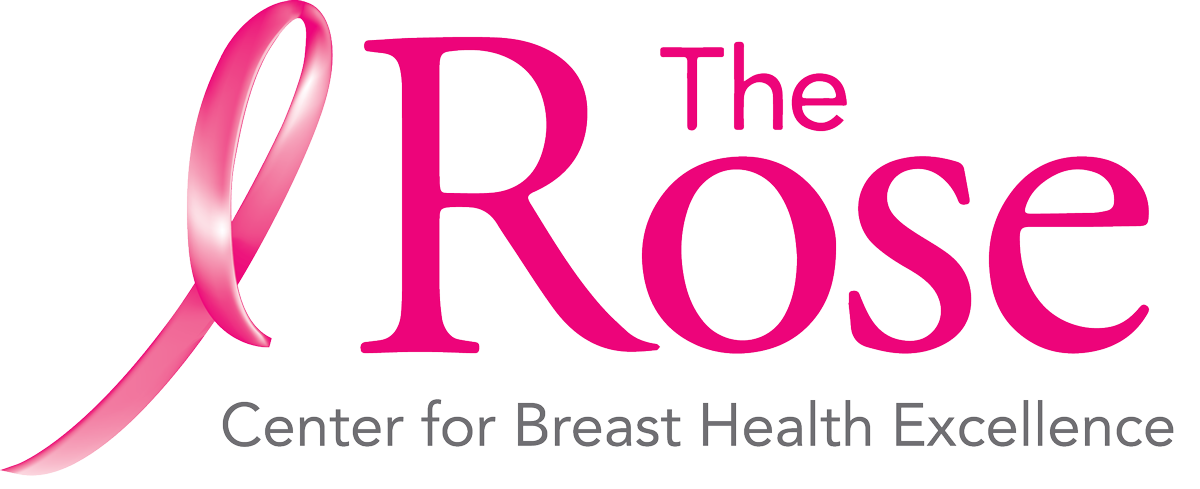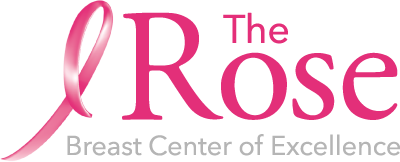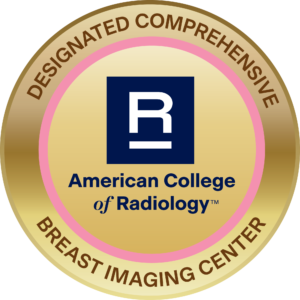Debra L. Monticciolo, MD, FACR, provides her takeaways from a course by the American College of Radiology, designed to help radiologists educate patients about breast cancer screening:
1) The most lives are saved with annual mammography beginning at age 40. Women in their 40s account for about 40 percent of the years of life lost to breast cancer.
2) Screening saves more years of life for women who get screened every year rather than every other year.
3) The reduction in breast cancer mortality from mammography is significant and has been proven in multiple studies involving millions of women yet it is routinely understated in the press.
4) When presenting research results, being invited to screening is different from being screened. Not all women who are invited to screening actually go through with it. Population-based studies show that breast cancer death decreases by 25–31 percent among women invited to screening, but women who are screened will reduce their chances of dying of breast cancer by 36–48 percent.
5) Entities like the U.S. Preventive Services Task Force underestimate the benefits of mammography and overstate the risks. Radiologists are interested in saving the most lives.
6) Most false positives from mammography are resolved with only additional imaging. Less than 2 percent of women will be recommended to have minimally invasive needle biopsy as a result of screening.
7) Overdiagnosis has been overstated. Studies that properly account for lead time and underlying incidence trends show that the overdiagnosis rate is 1–10 percent, nearly all of which is ductal carcinoma in situ (the presence of abnormal cells inside a milk duct in the breast). The risk of overdiagnosis is small and is outweighed by the mortality benefits of screening.
Source: ACRBulletin.org



